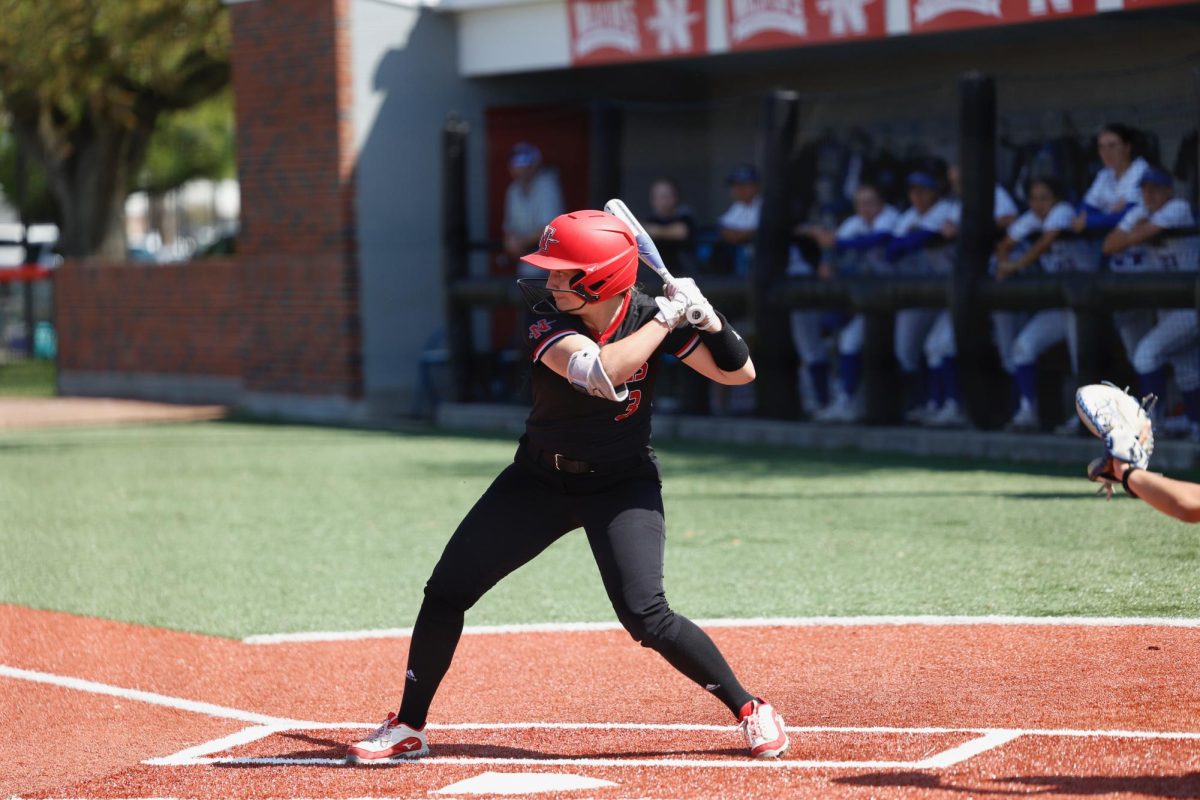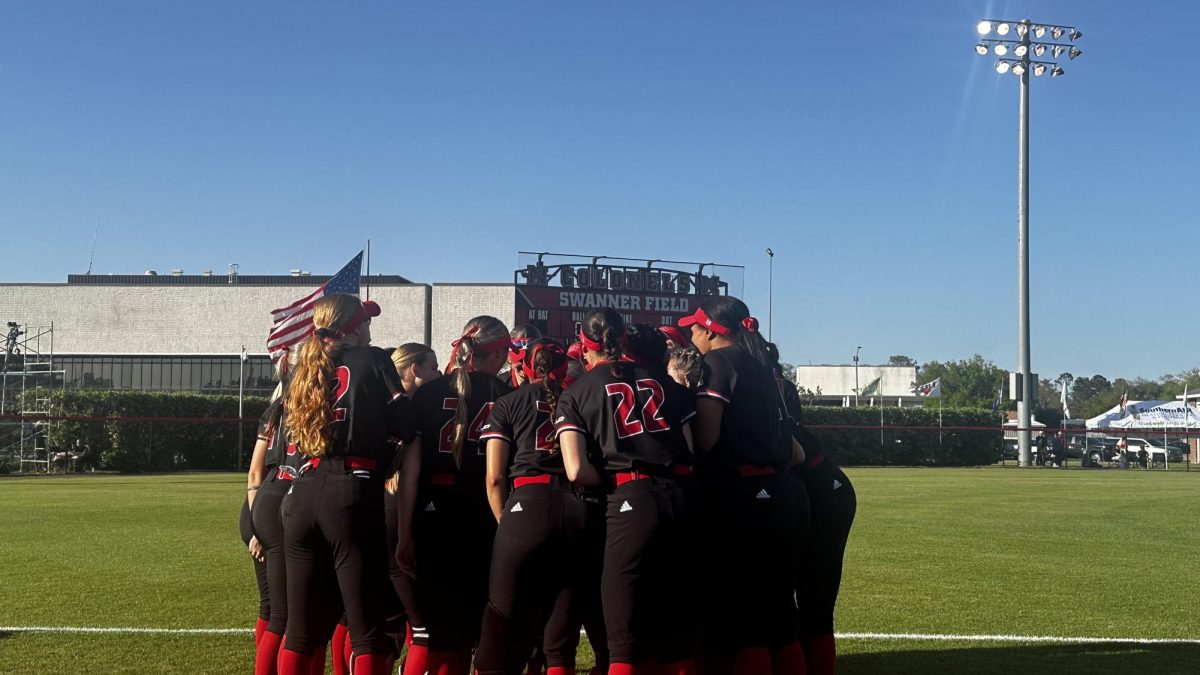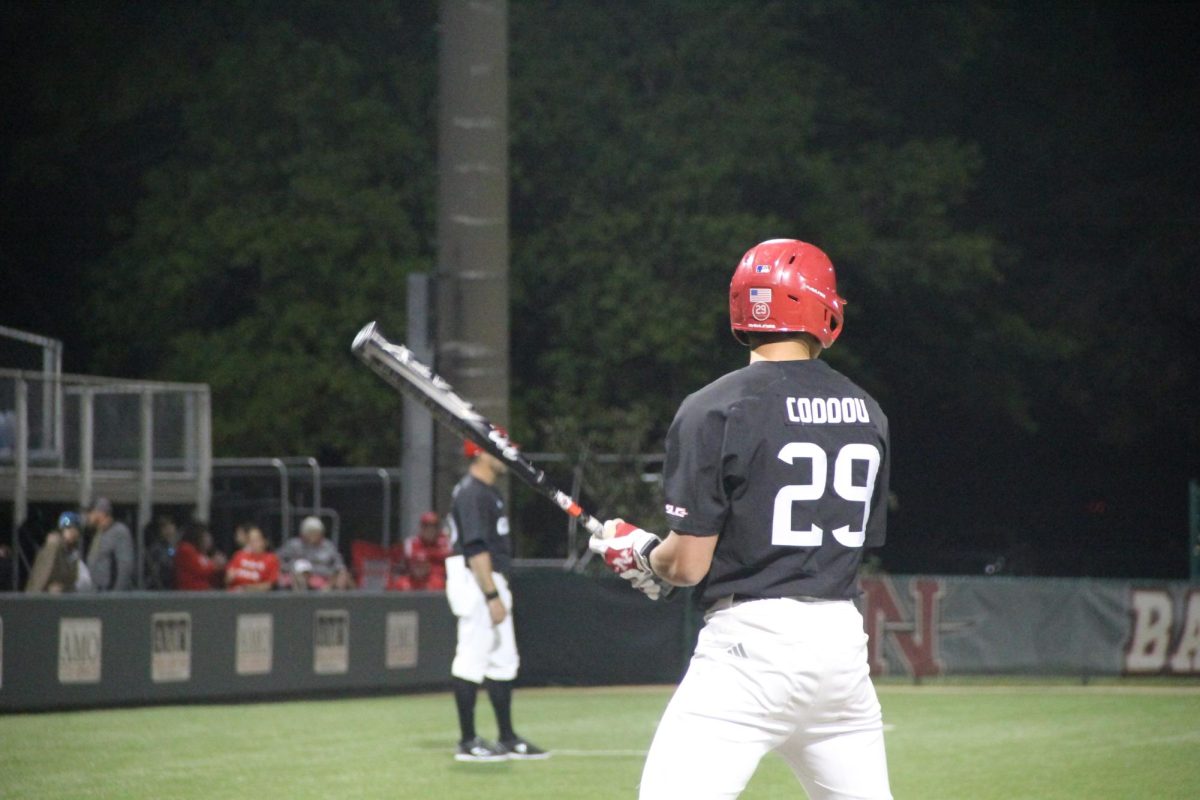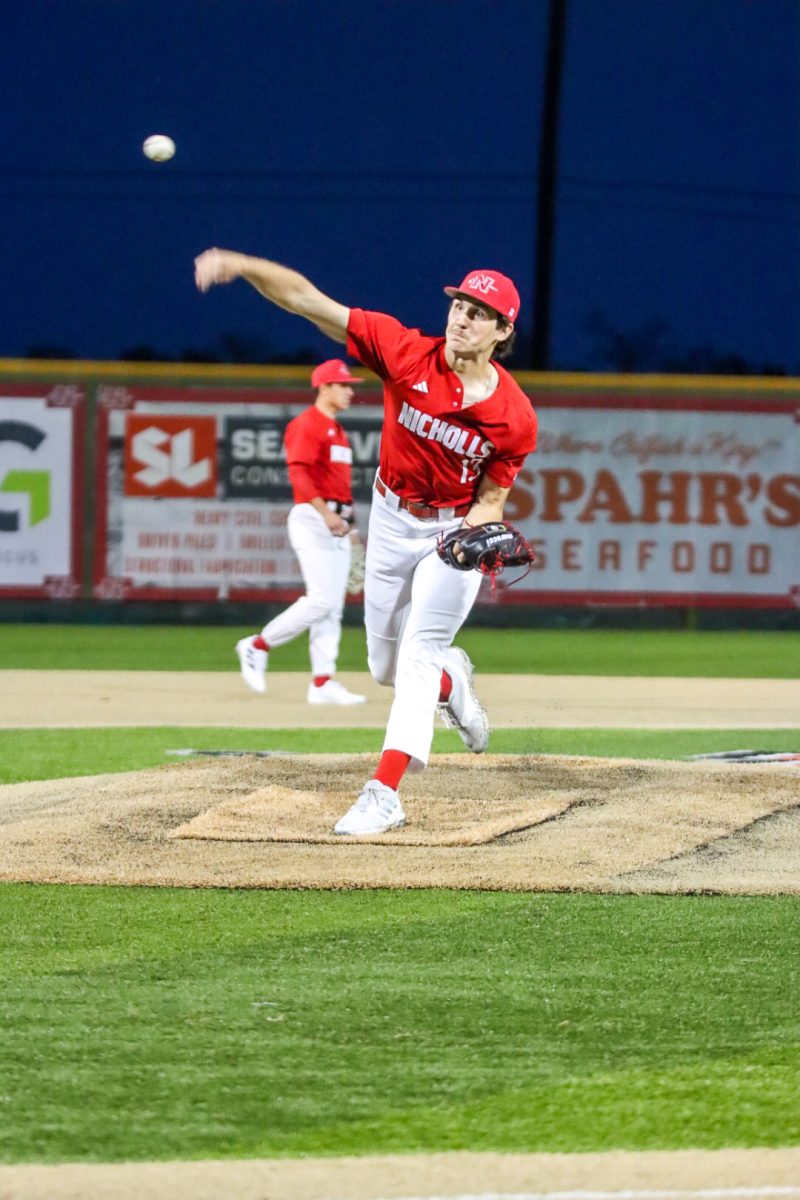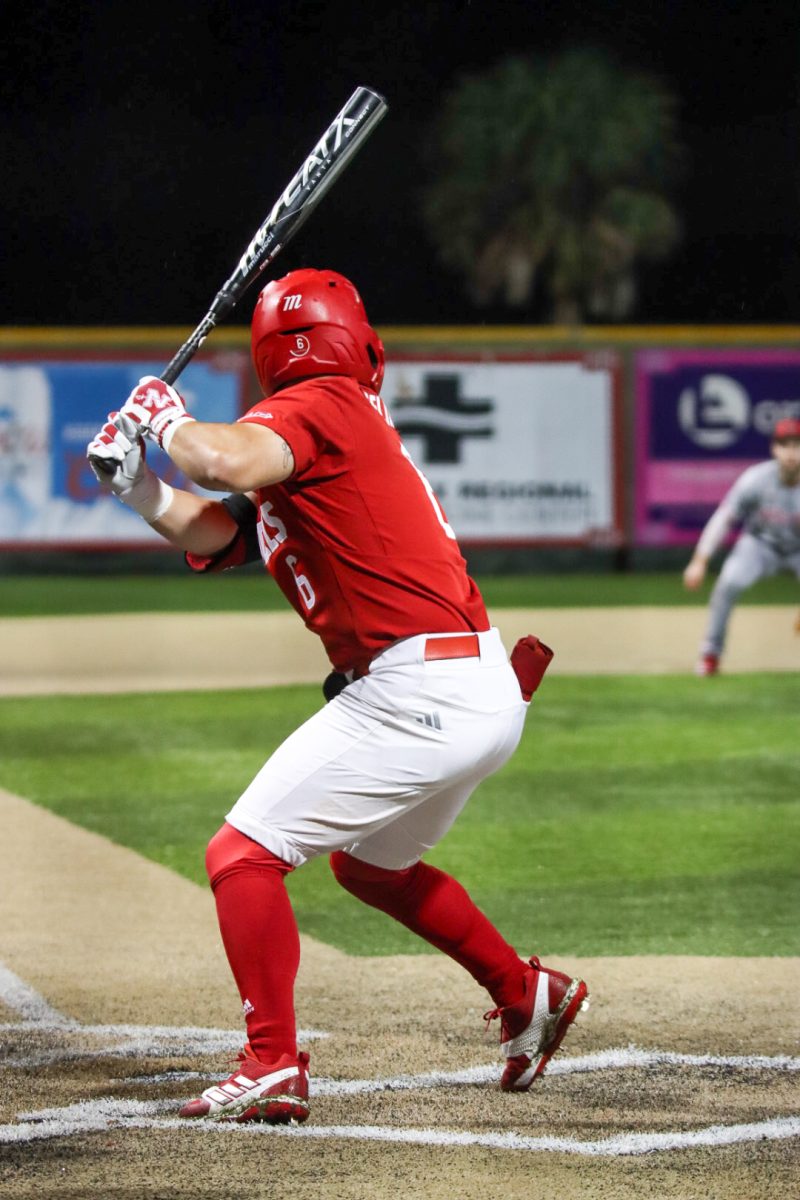Nicholls State athletes have been undergoing early season concussion testing for the upcoming season. The tests are done as part of a program in conjunction with Thibodaux Regional Medical Center. Universities are required by the NCAA to develop a system of testing for head injuries that meets certain guidelines determined by the organization.
Larry D’Antoni, coordinator of sports medicine at Thibodaux Regional, has overseen the evaluations, which must be completed by all Nicholls athletes. D’Antoni works with teams and players at both the college and high school level.
D’Antoni and his staff use a system at the Outpatient Rehab Center called the Balance Error Scoring System, or BESS test. Players stand on a force plate with eyes closed and then lift one foot, leaving only the non-dominant foot on the floor. The player will then do the same process on a foam pad. Each error he or she makes is calculated into a score that determines that person’s balance. The examination takes about seven minutes.
The test determines what is called a baseline, which serves as a comparison in the case of a head injury. If concussion symptoms appear, the player takes the test again, and the results are compared. A less coordinated or unbalanced attempt that produces more errors could mean the player has some type of concussion or head trauma.
Every brain functions differently, so experts feel it is best to find what is standard for each player. One player with more errors could be healthy, while someone with just a few could have a problem if his or her initial test was flawless. The baseline allows personnel to see when a player’s balance and coordination have returned to a normal level based on what is routine for them.
“It is not like a knee ligament where it is either torn or sprained when you examine it,” D’Antoni said. “With a concussion, you cannot really tell that because of the anatomy.”
Nicholls Athletics has a defined plan for dealing with possible head injuries. Players and coaches watch a video, in addition to being given materials with information on concussions and head injuries.
Student-athletes are encouraged to notify coaches and trainers of any symptoms that might be related to a head injury, and if it is determined that is the case, the player will be held out for at least the rest of that day’s practice or game. The player’s mental and physical condition will continue to be monitored in the following days until symptoms dissipate and the player is cleared by the medical staff to return.
“If someone is still having symptoms of any kind, you need to hold them out,” D’Antoni said.
Unlike many common injuries in sports, concussions follow a different diagnostic process and can be difficult to read. According to the NCAA, a concussion is a brain injury that varies in severity caused by a blow to the head that changes how the brain normally works.
There has been debate among experts and researchers in the past as to what actually classifies an injury as a concussion. Some experts believe a person must lose consciousness to have a concussion, while others disagree. The discussion has led to a working concensus on the matter and a template for treatment even if research is still being done.
“It still is very much a mystery, but there is so much more information now,” D’Antoni said. “We rely heavily on symptomatology, which in this case means headache, dizziness, lethargy, blurred vision and nausea.”
Even with new technology and equipment, there is no way to completely avoid head injuries in sports. Thibodaux Regional provides service for 10 local schools and has treated seven concussions in the first three weeks of fall sports.
“It seems to go in cycles,” D’Antoni said. “A team may have two or three one season, and then seven or eight the next season.”
These injuries have become a widely talked about part of sports at all levels. D’Antoni credits social media and the mass flow of information for the increased awareness.
“There is just so much information being exchanged at all levels, which is certainly a good thing,” D’Antoni said.
Awareness has helped, but it can still be challenging for medical personnel to convince an athlete to sit with a lingering head injury when he or she feels ready to get back in the game. D’Antoni believes that besides physical ability, mentality is what makes successful players, even if it can lead to conflict.
“Many of these athletes surely do not want to hear that they cannot go,” D’Antoni said. “What we try to do is educate them and their parents that even though they are living for right now, they have their whole lives ahead of them. Very few will get to play at a professional level in the sport they excel in. We want them to be functioning when they are 35 and 40 years old.”
Many players do not mind the tests. Senior kicker and nursing senior Ben Landry has taken the BESS test and supports concussion testing for athletes.
“Mine went well. It is actually a pretty humbling experience because being a college athlete, I think my balance is pretty good, but then they test in ways that most have not done before,” Landry said. “At points it makes you feel a little clumsy.”
Even never having suffered a head injury, Landry feels the system works well.
“I think it is a great idea to be able to identify a baseline for every individual player, that way if one of coaches has any suspicion, there is a way to find out,” Landry said. “Being able to detect those things right away helps prevent further injury or brain damage.”
Nicholls athletes take part in concussion screenings
Jacob Williams
•
September 20, 2012
A Nicholls athlete takes part in free early season concussion testing at Thibodaux Regional Medical Center. All universities are required by the NCAA to develop a system of testing for head injuries that meets certain guidlines determined by the organization.
Leave a Comment
More to Discover


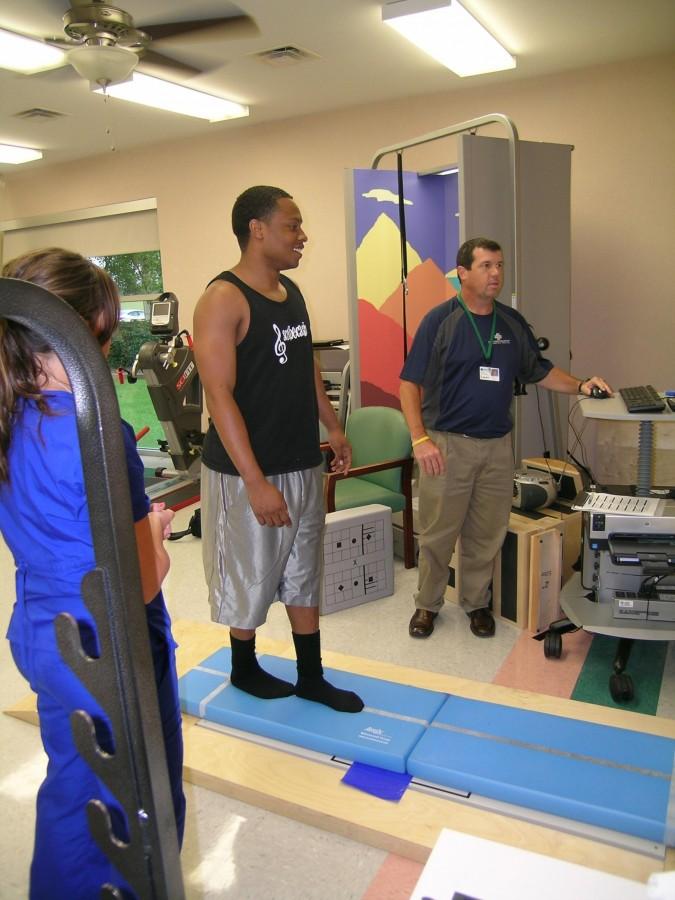
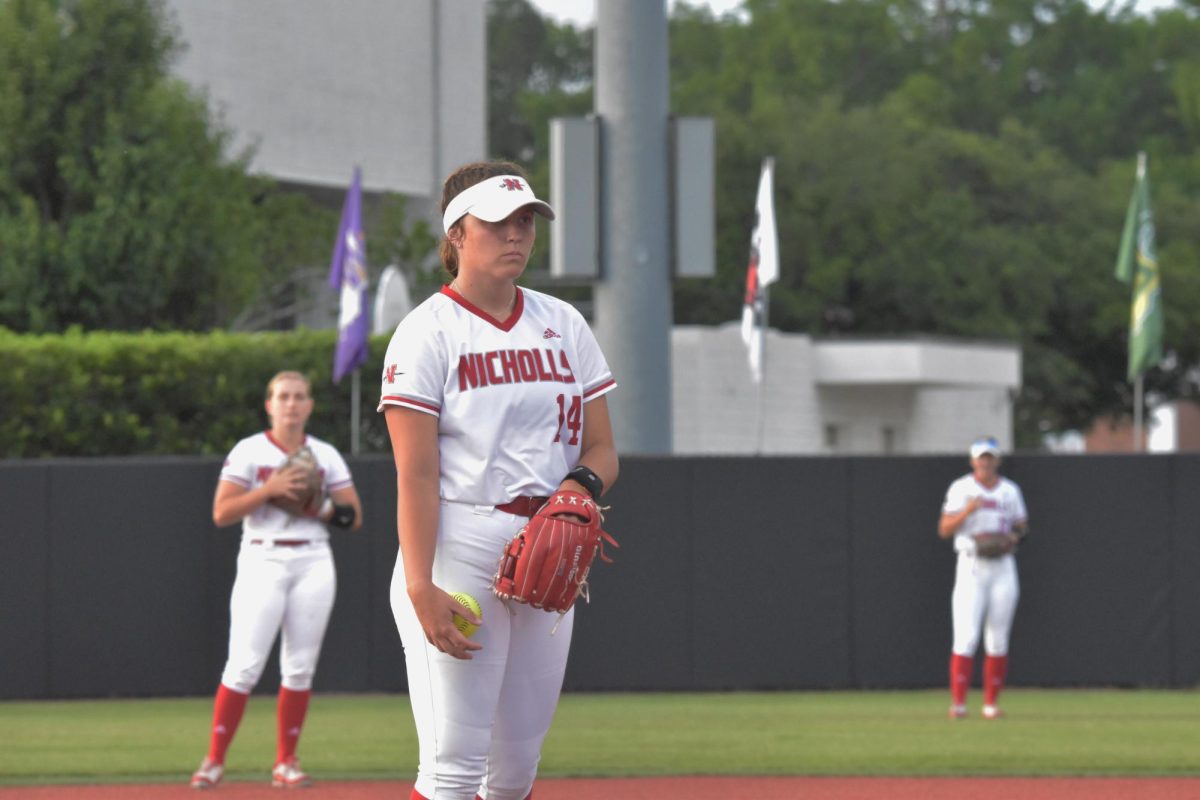
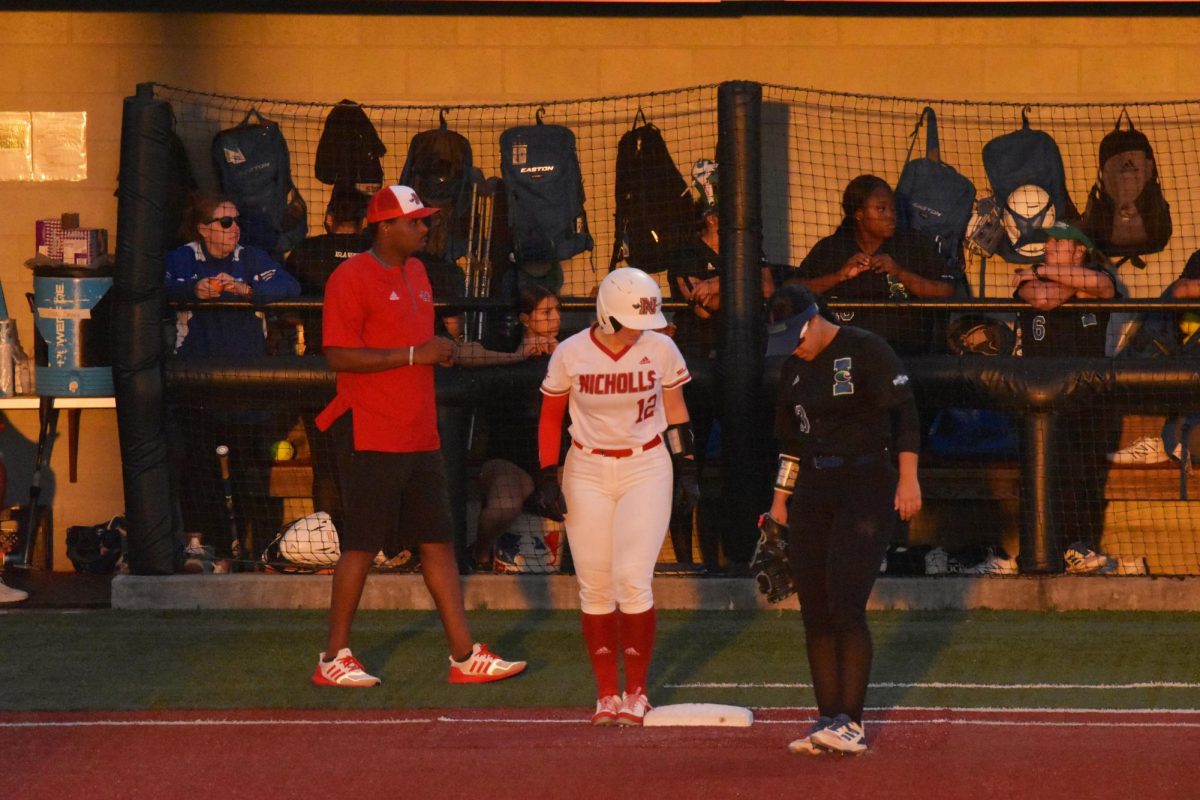

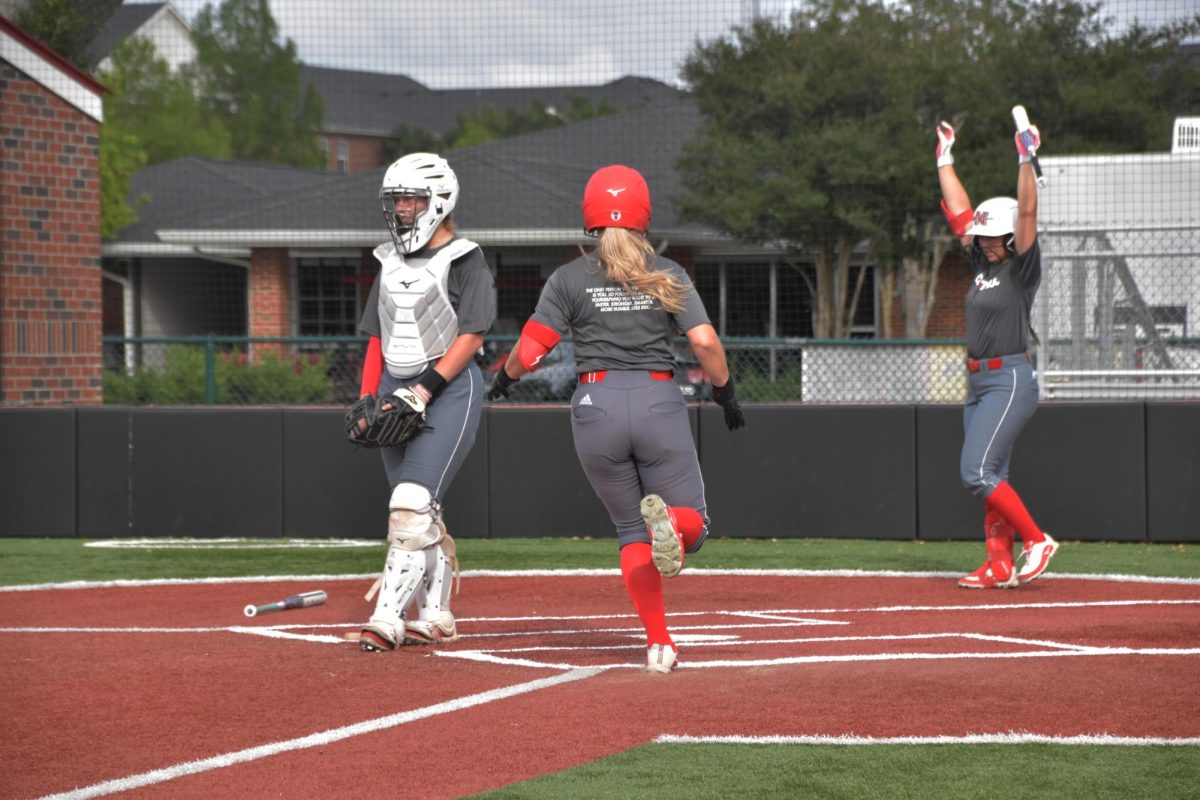


![Nicholls Garrett Felix [#6] advances to first base after drawing a walk against Louisiana on April 2.](https://thenichollsworth.com/wp-content/uploads/2024/04/FelixWalk-at-UL-1200x800.jpg)
